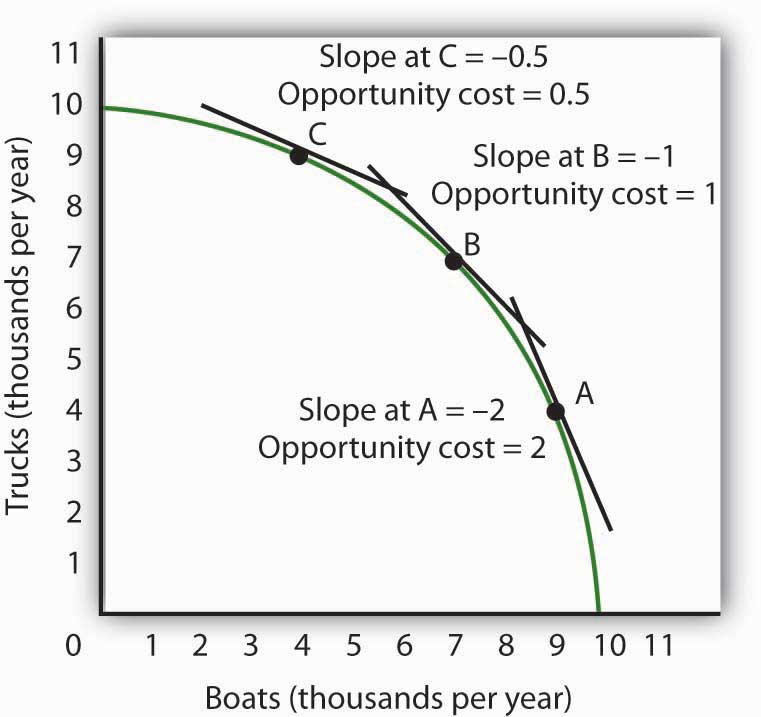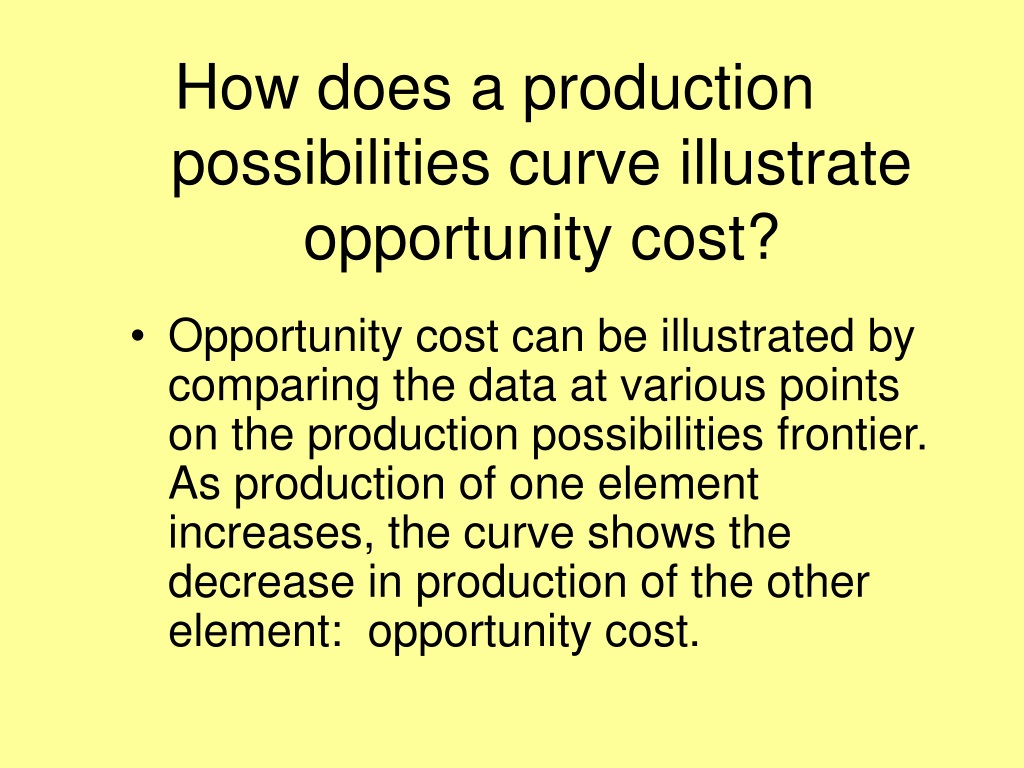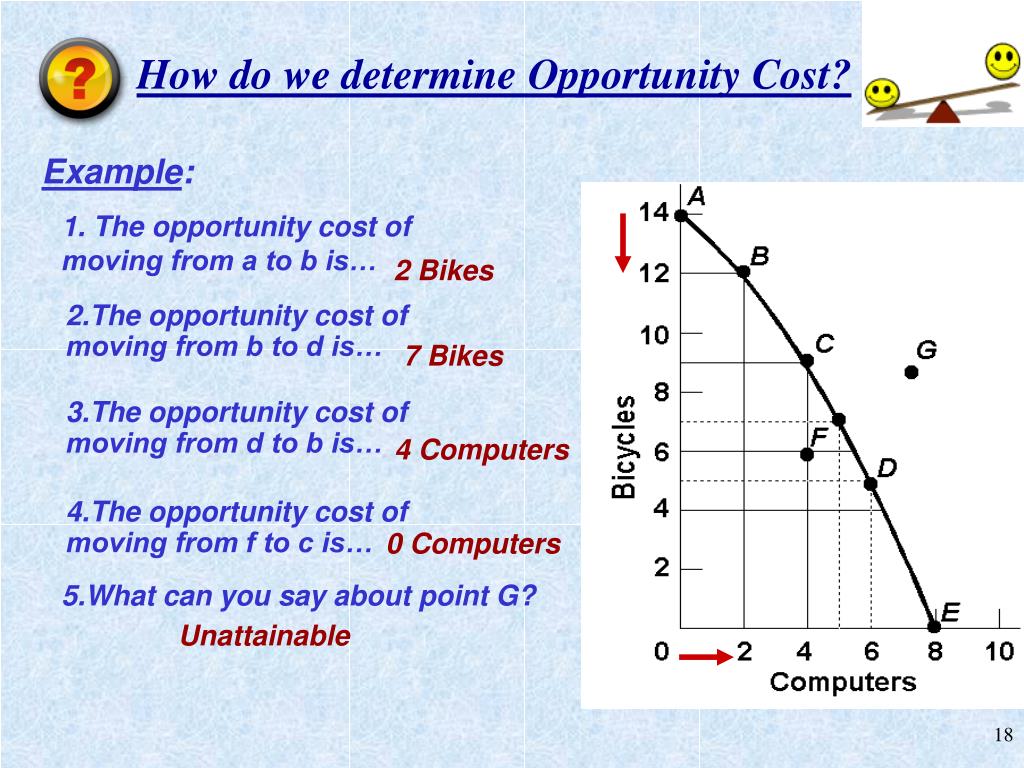Demonstrating Opportunity Cost Is Done Through Production

The relentless pursuit of economic growth often overshadows a fundamental truth: every production decision carries a hidden price. Nations pour resources into manufacturing, agriculture, or technology, but these choices inherently mean foregoing alternative possibilities. This intricate dance of trade-offs, known as opportunity cost, is most vividly illustrated through the very act of production itself.
Understanding how production demonstrates opportunity cost is crucial for informed policy-making and strategic resource allocation. This article delves into the direct relationship between production choices and the unseen costs they impose. We will explore examples across different sectors and economies. The article will analyze how visualizing production possibilities can clarify the true cost of our economic decisions.
Understanding Opportunity Cost Through Production Possibilities
At its core, opportunity cost represents the value of the next best alternative forgone when a decision is made. This concept is not merely theoretical. It is demonstrably present in the everyday choices that shape our economies.
The Production Possibilities Frontier (PPF) is a vital tool for visualizing opportunity cost. It is a graphical representation showing the maximum attainable combinations of two goods or services that an economy can produce, assuming efficient use of resources. Every point on the PPF represents a specific allocation of resources, and any shift along the frontier illustrates the trade-off involved.
For instance, consider a simple example of a nation that can produce either agricultural goods or manufactured goods. If the nation decides to increase its production of manufactured goods, resources must be diverted from agriculture. This shift is visible on the PPF as a movement towards higher manufacturing output, but it also implies a reduction in agricultural output.
The amount of agricultural goods that must be sacrificed to produce one additional unit of manufactured goods represents the opportunity cost of that additional unit.
Examples Across Sectors
The principle of opportunity cost applies universally, irrespective of the sector. In agriculture, a farmer deciding to plant more wheat might have to reduce the acreage dedicated to corn. This decision reflects the opportunity cost of wheat production in terms of forgone corn.
Similarly, in manufacturing, a company focusing on producing electric vehicles may need to reduce its investment in traditional combustion engine vehicles. This strategic shift highlights the opportunity cost associated with prioritizing emerging technologies.
The tech industry provides perhaps the most dynamic illustration. A software company dedicating resources to developing a new social media platform might be forced to delay the development of a potentially groundbreaking AI application. The forgone AI application represents the opportunity cost of pursuing the social media platform.
Even within the public sector, these trade-offs are ever-present. A government choosing to invest heavily in infrastructure projects may have to reduce funding for education or healthcare. These budgetary decisions illuminate the opportunity costs inherent in public resource allocation.
The Role of Resource Allocation
Efficient resource allocation is critical for minimizing opportunity cost and maximizing societal welfare. When resources are used inefficiently, the economy operates inside the PPF, meaning it could produce more of both goods with better management.
According to the World Bank, countries with strong institutions and transparent governance tend to allocate resources more effectively. This leads to a higher level of overall production and lower opportunity costs in the long run.
Conversely, corruption, political instability, and poorly defined property rights can lead to misallocation of resources. This increases the opportunity cost of production by diverting resources away from their most productive uses.
Beyond Monetary Cost: The Societal Impact
Opportunity cost extends beyond simple monetary values. It encompasses broader societal impacts, including environmental sustainability and social equity. Focusing solely on maximizing economic output without considering these factors can lead to unsustainable practices and exacerbate inequalities.
For example, prioritizing the production of cheap consumer goods at the expense of environmental protection may result in long-term ecological damage. This damage can then impose significant opportunity costs in terms of healthcare expenses, decreased agricultural productivity, and loss of biodiversity.
Similarly, policies that promote economic growth without addressing income inequality may create a situation where the benefits of production are concentrated among a small segment of the population. This would leave the majority facing increased opportunity costs in terms of access to education, healthcare, and other essential services.
Forward-Looking Perspectives
The future of production necessitates a greater awareness of opportunity costs. As economies become more complex and interconnected, the trade-offs involved in production decisions will become even more intricate.
Technological advancements, such as automation and artificial intelligence, present both opportunities and challenges. While these technologies have the potential to increase productivity and reduce production costs, they may also displace workers, leading to increased opportunity costs for those who lose their jobs.
Furthermore, addressing climate change will require significant shifts in production patterns. Transitioning to a green economy will involve substantial investments in renewable energy and sustainable technologies. These investments will inevitably entail opportunity costs in terms of forgone investments in traditional fossil fuel-based industries.
Ultimately, making informed decisions about production requires a comprehensive understanding of opportunity costs. This includes considering not only the monetary costs but also the environmental and social implications. By embracing a holistic approach to resource allocation, nations can strive for sustainable and equitable economic development.
Therefore, fostering transparent and accountable governance, promoting education and skill development, and investing in sustainable technologies are crucial steps in minimizing opportunity costs and maximizing the long-term benefits of production.
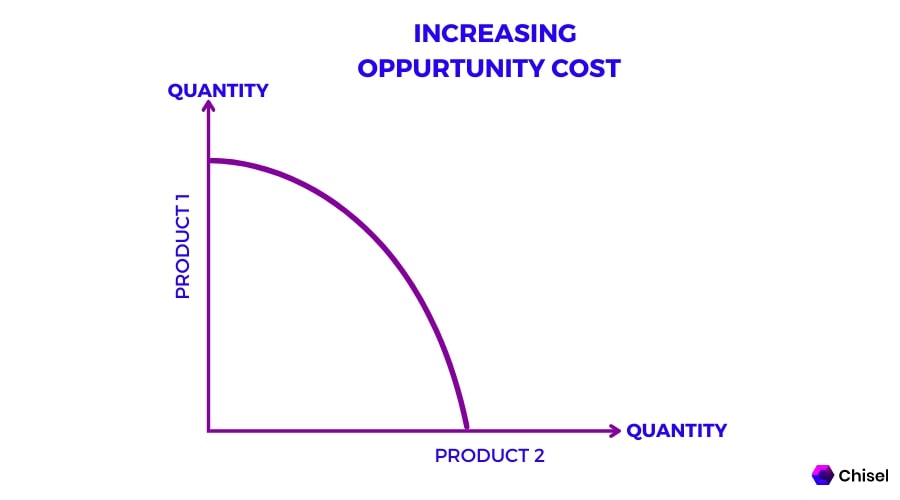
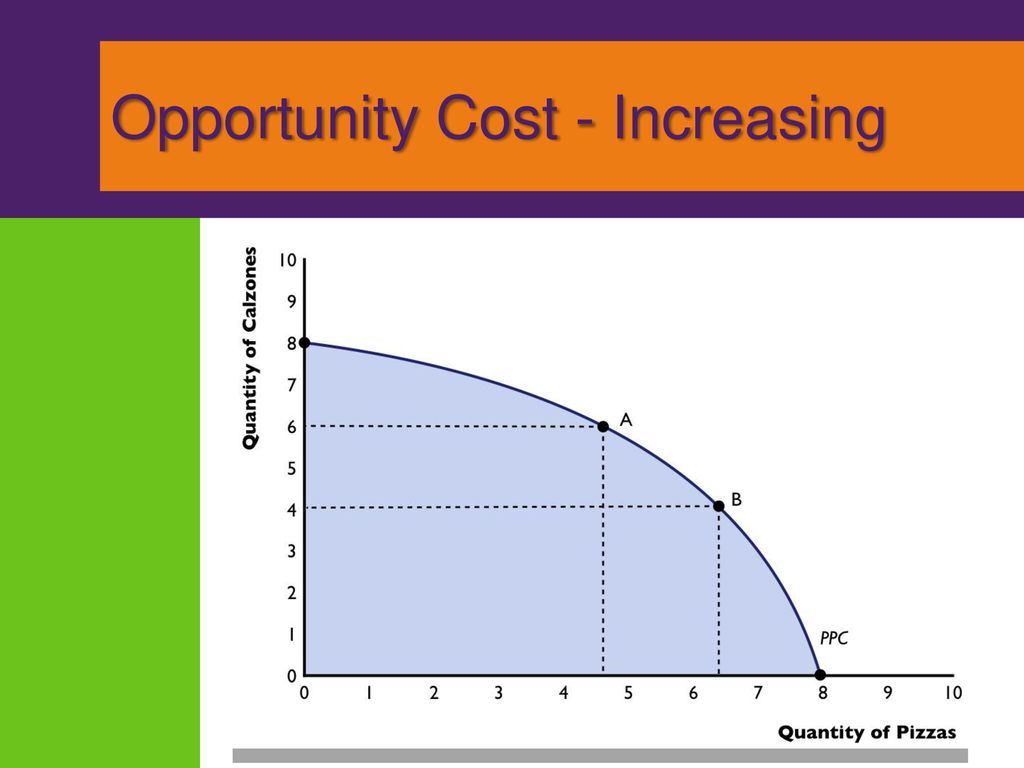
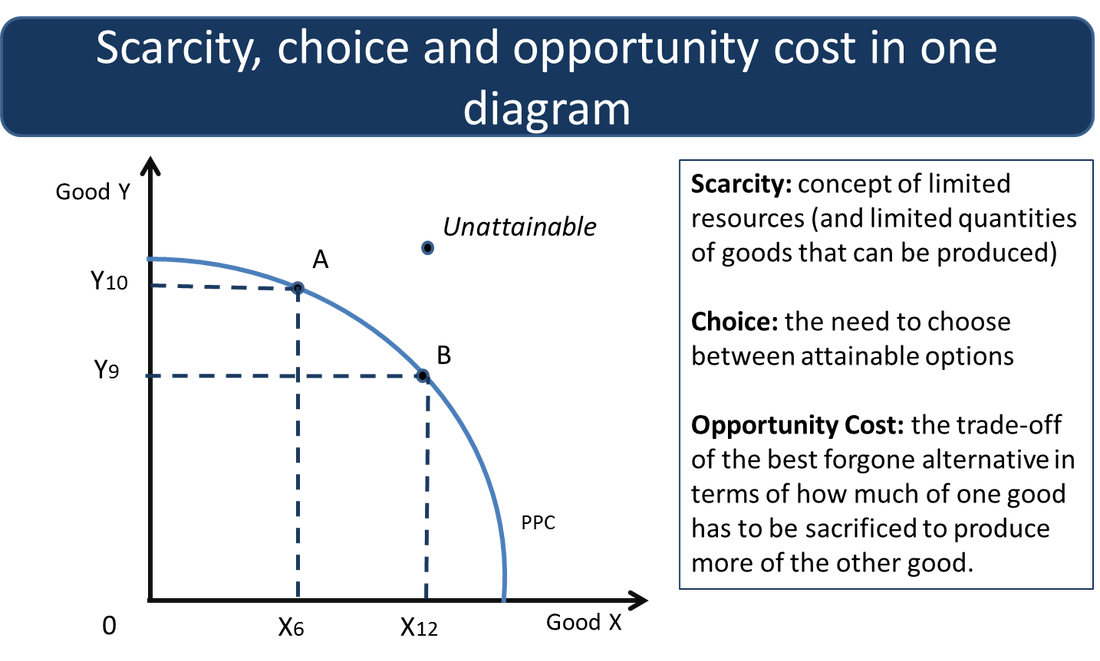

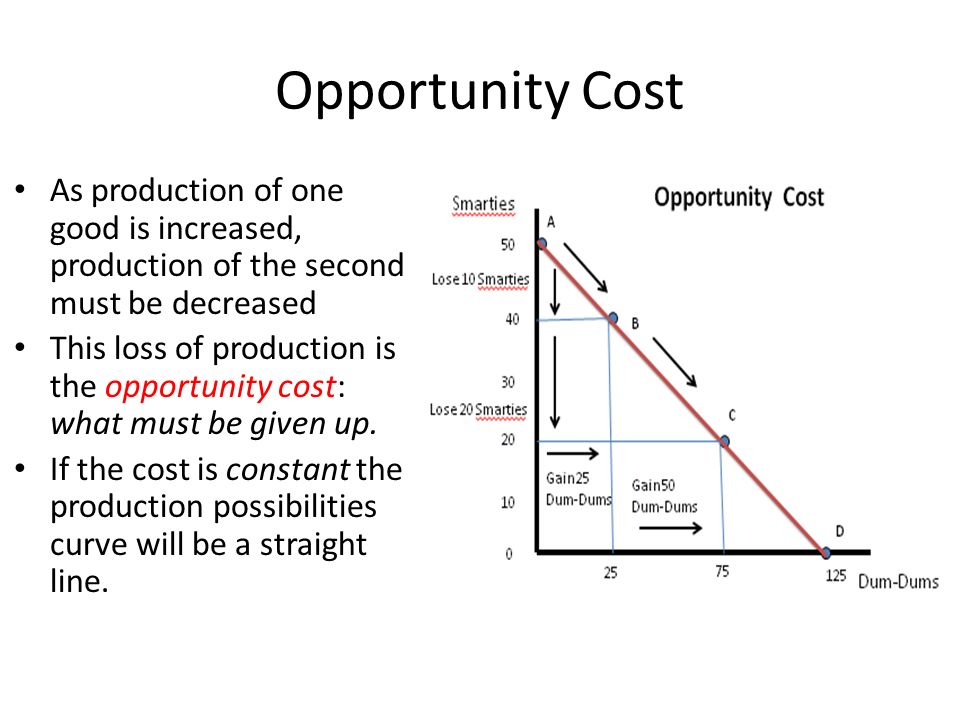



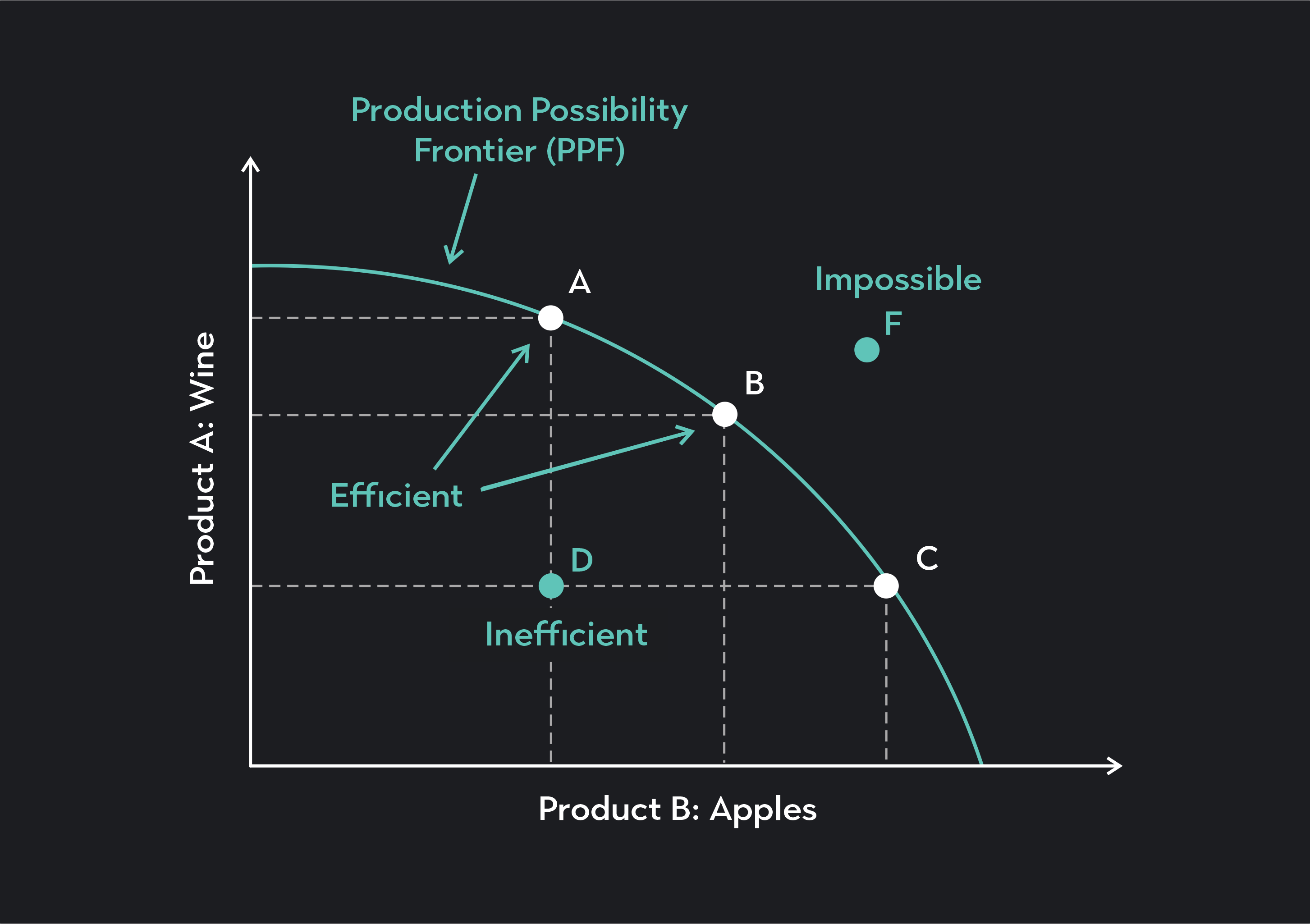
..jpg)

